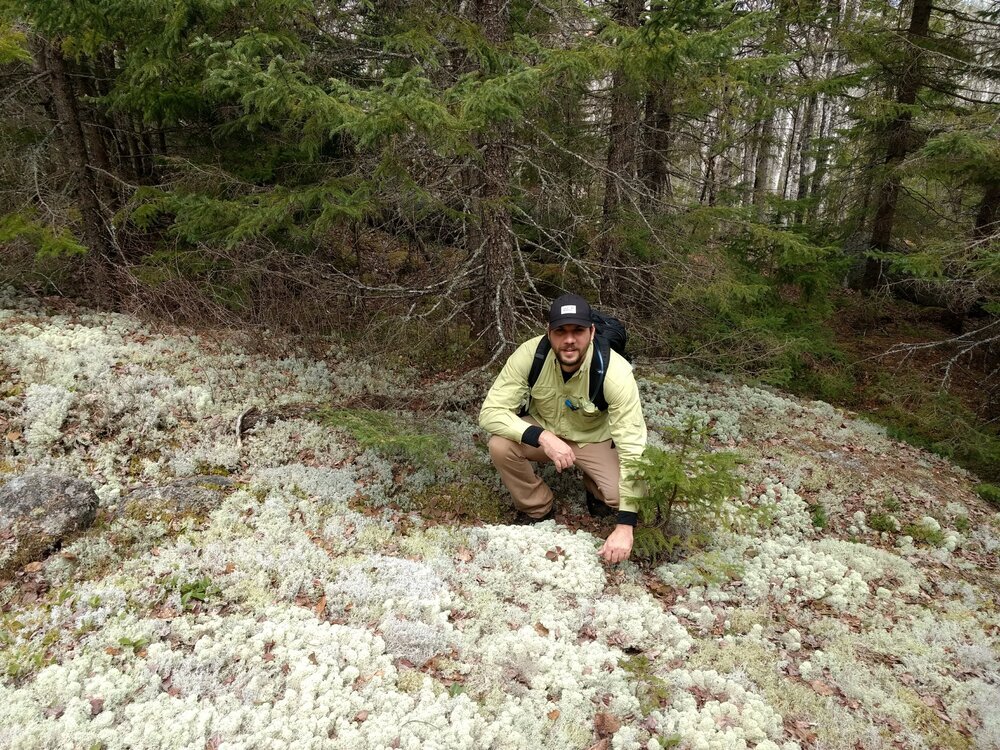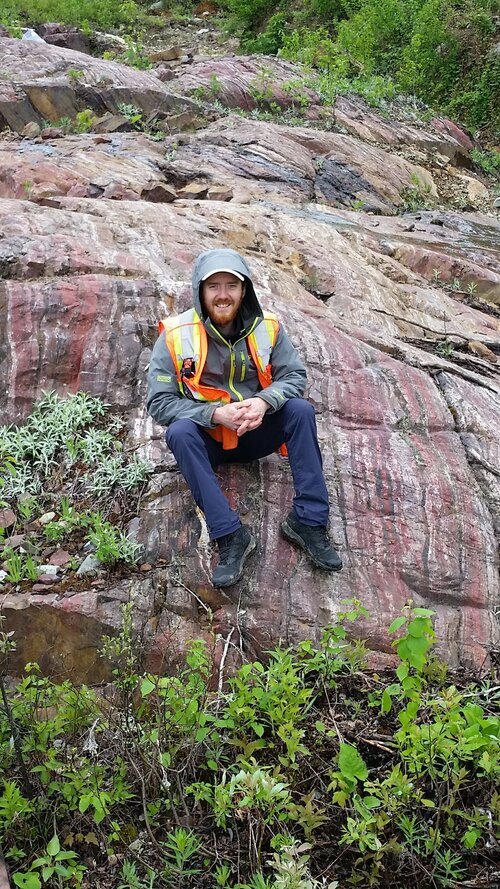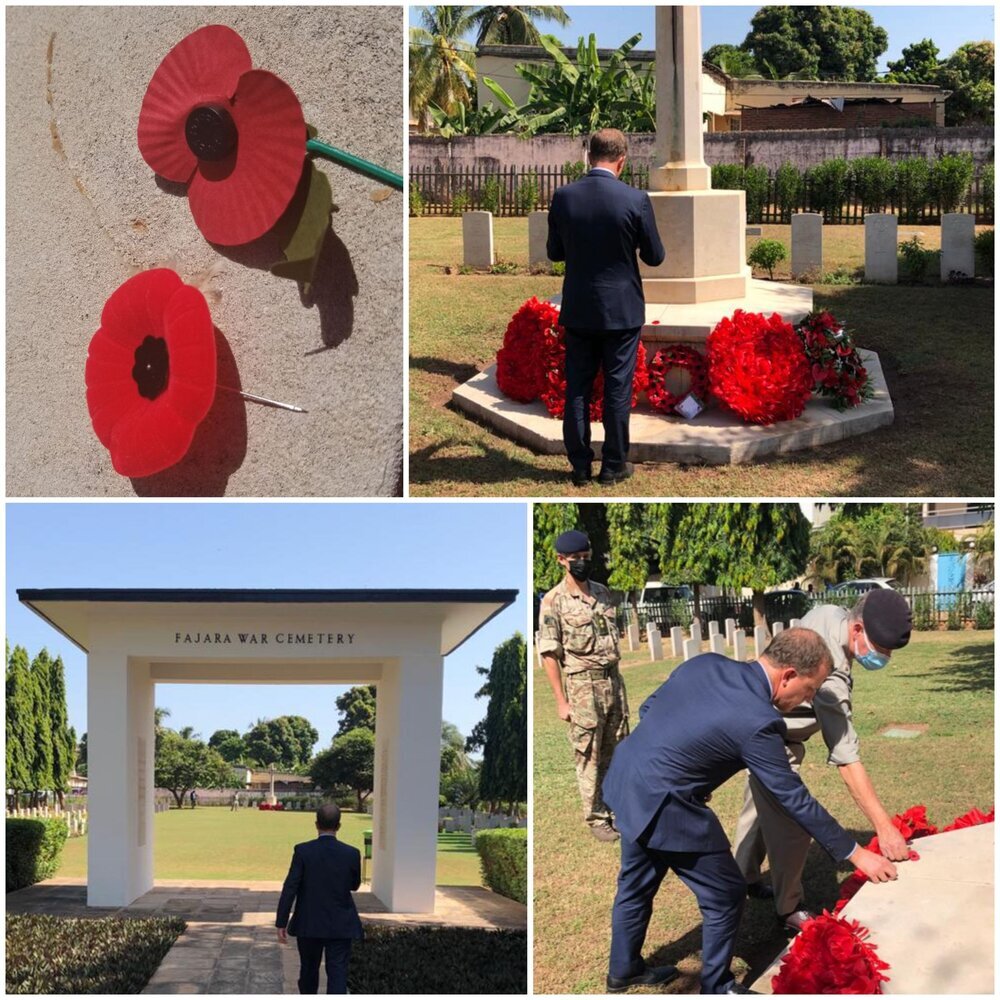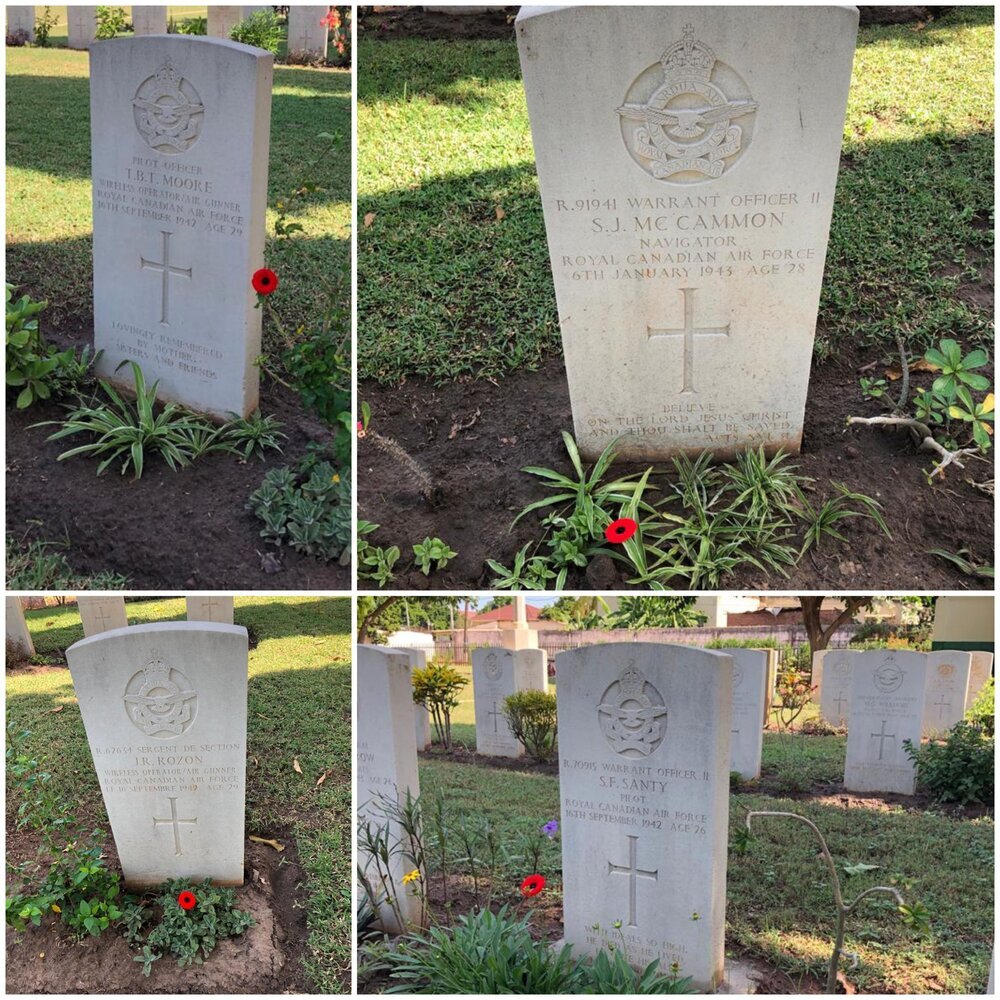Dr. Linda Campbell and Dr. Emily Chapman in their research lab at Saint Mary’s University.
Saint Mary’s University’s research into environmentally sustainable and cost-effective remediation of historic gold mine sites across Nova Scotia is receiving a boost in the form of a five-year partnership with Atlantic Gold, a wholly owned subsidiary of St Barbara Ltd, based in Australia.
“St Barbara is a global gold company and is proud to own and operate the Atlantic Gold Operations in Nova Scotia,” says St Barbara Managing Director and CEO, Craig Jetson. “As we operate our business and care for our people, we are guided by our company commitments – including respecting the environment and stronger communities.
“At St Barbara doing the right thing is important to all of us. Saint Mary’s University’s research into environmentally sustainable and cost-effective remediation of historic gold mines across Nova Scotia is aligned with our commitments, including growing sustainably,” says Jetson. “We believe in learning from the past to secure our future and look forward to seeing this philosophy applied in the important work being done by Saint Mary’s University.”
“This is a significant investment by St Barbara, reflecting the importance we place on finding solutions to actively manage and neutralise the impact of our mining operations, because we care about the environment and the planet,” says Jetson. “We have recently committed to achieving carbon neutrality by 2050 and are pleased to see our Atlantic Gold operations leading to deliver on this promise by 2025.We look forward to updates on the important work being done by the Saint Mary’s University team and thank them for their commitment to this project.”
The funding is part of a new five-year partnership between Saint Mary’s University and Atlantic Gold with the first payment of $200,000 being delivered late in 2020.
Tailings runoff in Montague.
There is a long history of gold mining in Nova Scotia, and methods used 100 years ago are now known to be damaging to the environment. The goal of the Saint Mary’s University research team, led by Dr. Linda Campbell, is to use its proven expertise from previous studies of former mine sites to develop a low-cost remediation strategy. This new strategy is designed to support the natural recovery of wetlands and shallow water environments impacted by 100-year-old contaminated tailings.
“I want to thank Atlantic Gold for their strategic partnership and financial investment in advancing world-leading research that benefits both our local and global communities,” says Saint Mary’s University President Dr. Robert Summerby-Murray. “This partnership is an exemplar of innovation with a community-centred approach. It addresses a challenge with an immediate local connection but with far-reaching national and international implications.”
The scope of the damage to the environment from abandoned gold mines is wide, encompassing 300 abandoned mines across the province in both remote areas and backyards. Contamination from the arsenic and mercury used in historic gold mining can adversely affect human health and present severe environmental contamination risks.
Dr. Linda Campbell
“Saint Mary’s University is proud to be a part of the solution when it comes to remediating the damage done by historic gold mining practices across the province,” says Saint Mary’s University Vice-President, Academic and Research, Dr. Malcolm Butler. “Dr. Linda Campbell and her team are employing innovative research to create remediation techniques that minimize the impact on the environment, wildlife and humans. This research has the potential for significant applications in Nova Scotia, the rest of Canada and the world.”
Mining in Nova Scotia began well before most environmental legislation, and untreated tailings were placed in wetlands and shallow-water areas. Over the subsequent decades, abandoned tailings were left in place, with limited natural recovery taking place. Research at Saint Mary’s completed in 2015-2019 shows that sediment samples from legacy gold-mine tailings in N.S. wetlands remain contaminated and are still severely toxic to aquatic invertebrates.
“We are currently wrangling with the consequences of decisions and actions made a long time ago,” says Dr. Linda Campbell. “Our goal is to ensure legacy arsenic and mercury contaminants will not continue to be a problem for Nova Scotians for another hundred years. We are looking forward to working with Atlantic Gold and our other collaborators to undertake the necessary research and development to help restore ecological vitality of impacted wetlands.”
Dr. Campbell is joined by Senior Project Research Manager Dr. Emily Chapman and a team of researchers that will look at new ways to remediate sites using more effective and less invasive techniques than traditional remediation methods. Those traditional methods can be destructive to the areas that need to be protected. A proof-of-concept study of a new method, which will use a thin layer of a reactive material, is promising in its ability to limit risks of legacy gold mine tailings without compromising wetland function. It is this approach that is being investigated by the research team.
Dr. Emily Chapman
“Wetlands are incredibly important ecosystems, and these sites need help to recover. It is about finding the right blend of ingredients that will reduce the mobility and toxicity of contaminants in the sediment, without adding so much material that wetlands are infilled and destroyed,” says Dr. Chapman. “Having worked on the development of innovative approaches for dealing with these risks for several years, I am pleased to see that this issue is getting some recognition.”
Remediation is a very expensive undertaking, with a 2019 estimate of $48 million to clean up the Crown land portion of two Nova Scotia legacy tailing sites. If proven effective, the new method proposed by Dr. Campbell and her team will have an immediate economic benefit as a more cost-effective, non-intrusive ecological and human health option for impacted wetlands across Nova Scotia and similar sites around the world.
Dr. Campbell is a professor in the School of the Environment at Saint Mary’s. In her research, she uses multi-disciplinary approaches to improve our understanding of anthropogenic and natural impacts in the environment, with a focus on aquatic ecosystems.
Atlantic Gold, a wholly owned subsidiary of St Barbara Ltd, operates the Moose River Gold Mine near Middle Musquodoboit, Nova Scotia, and is permitting three more mines along Nova Scotia’s Eastern Shore. The Company is investing in a research partnership with Saint Mary’s University to explore the remediation of historic gold mine tailings in freshwater ecosystems.





















